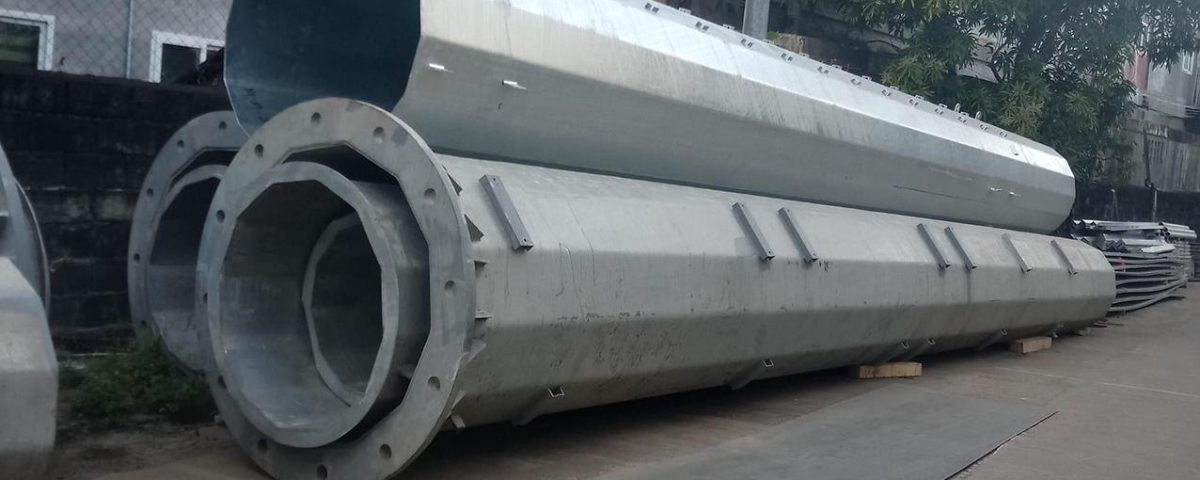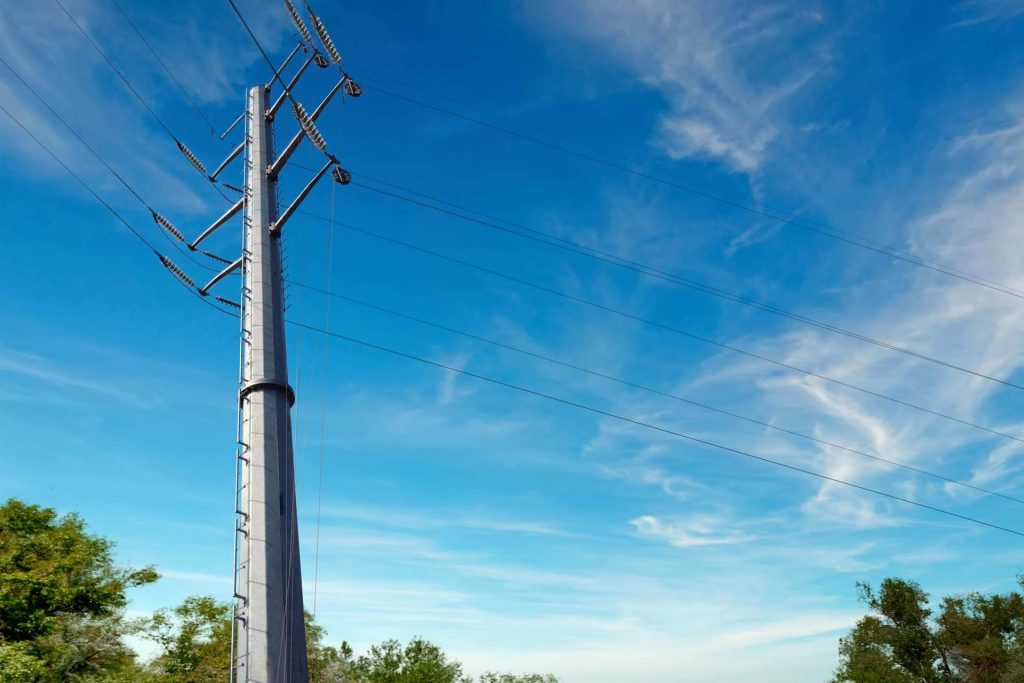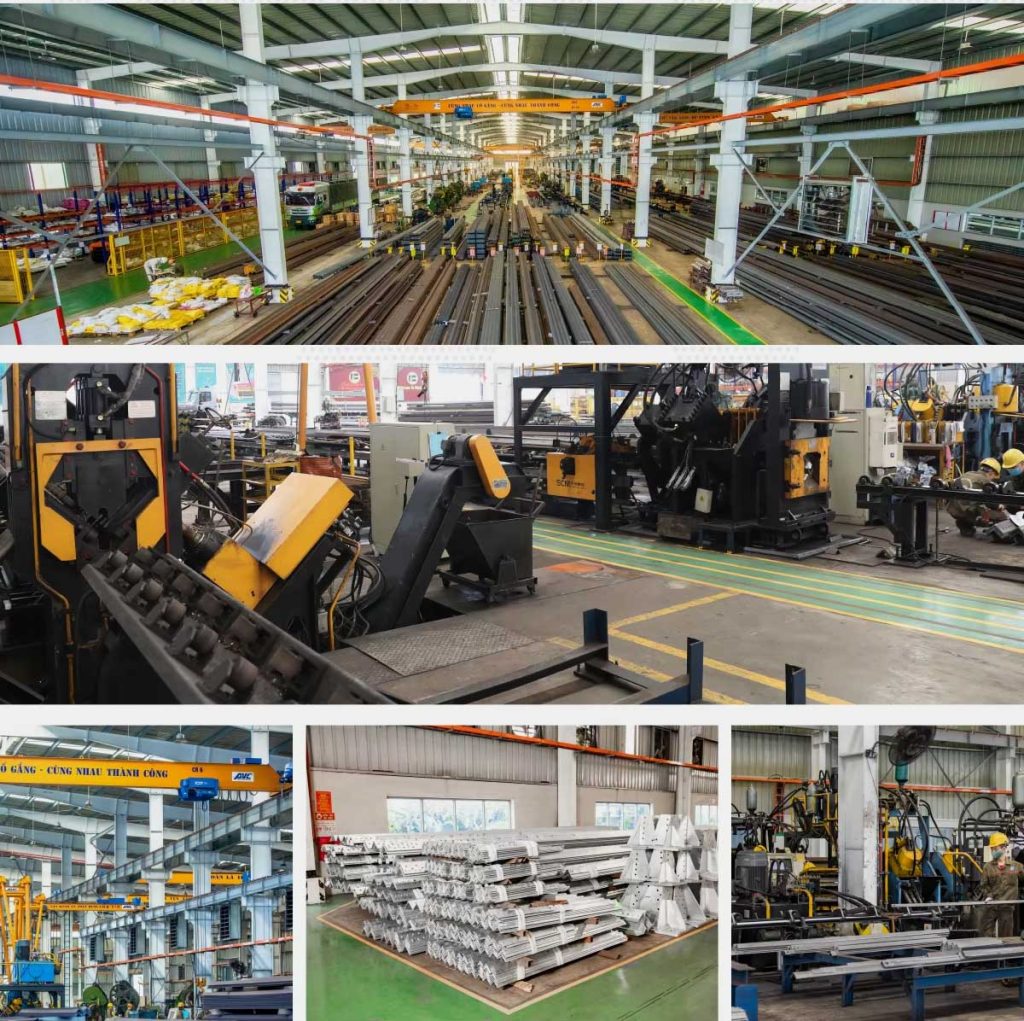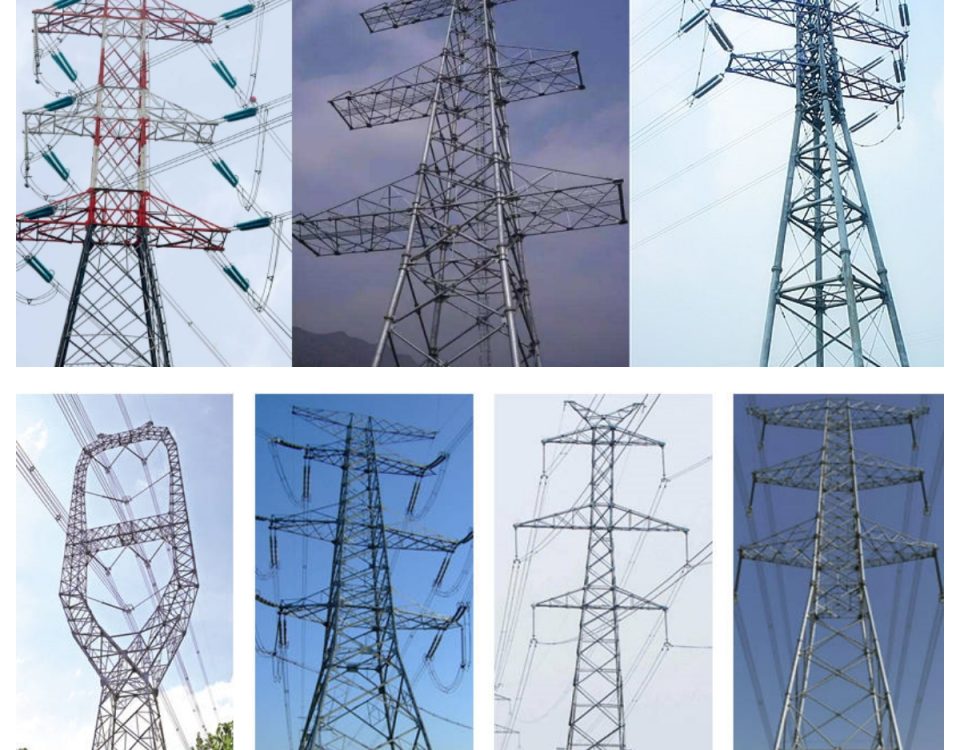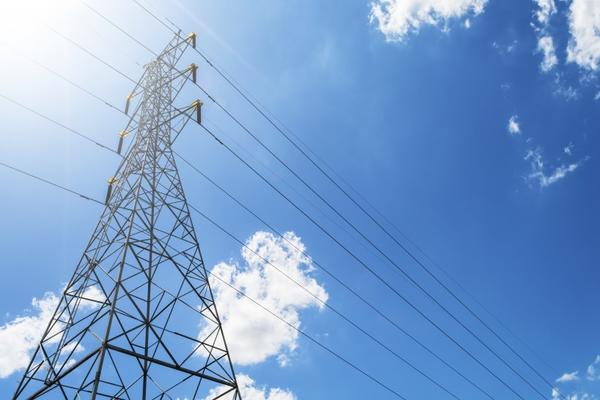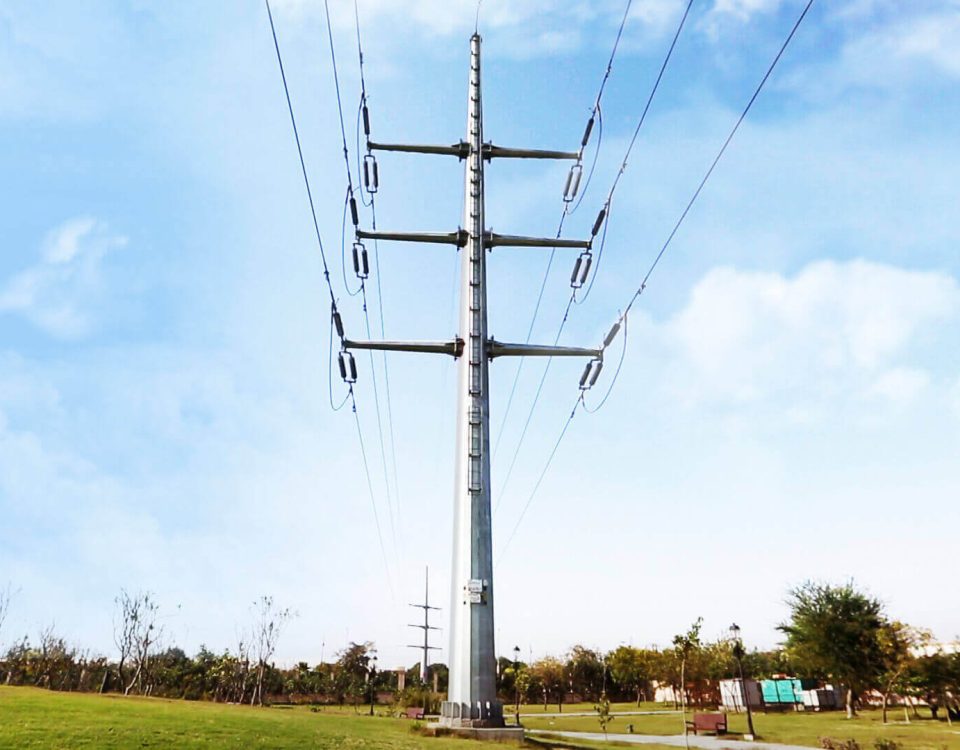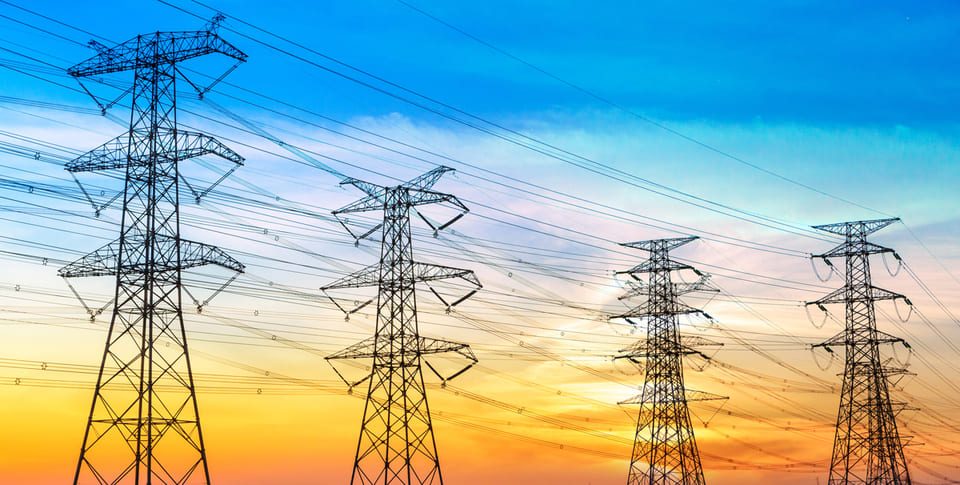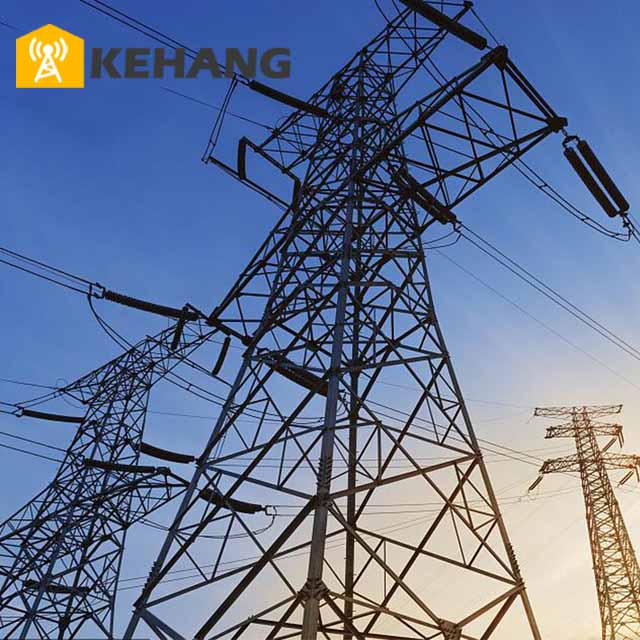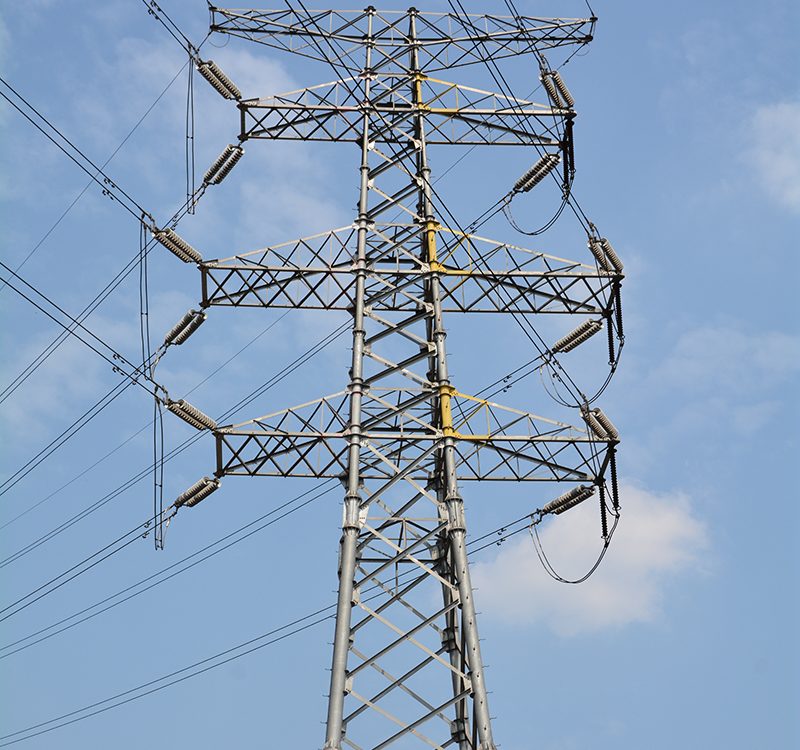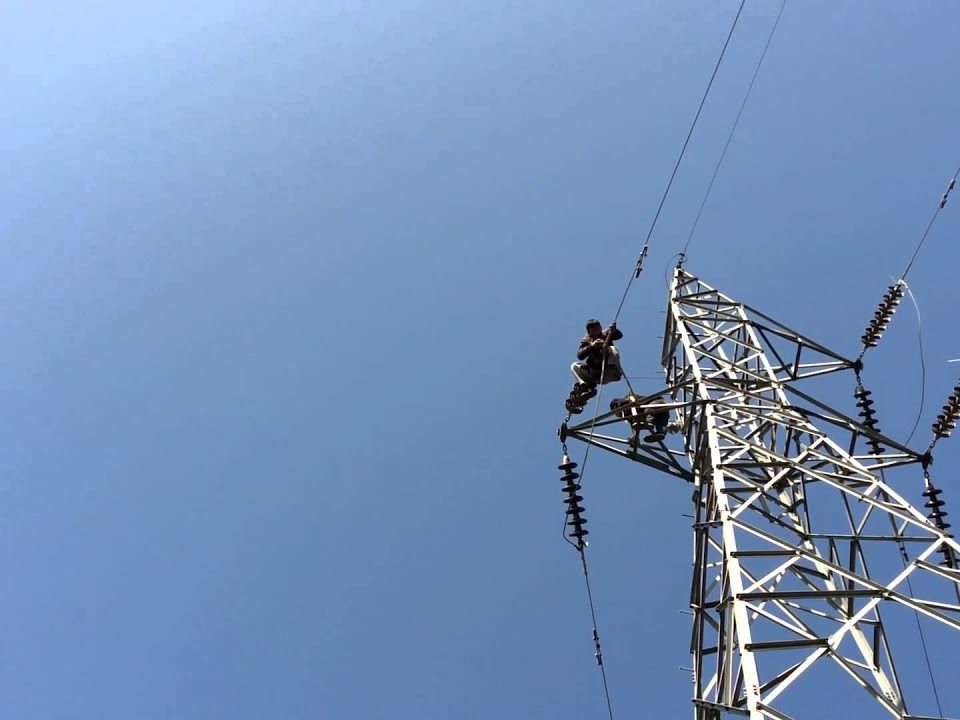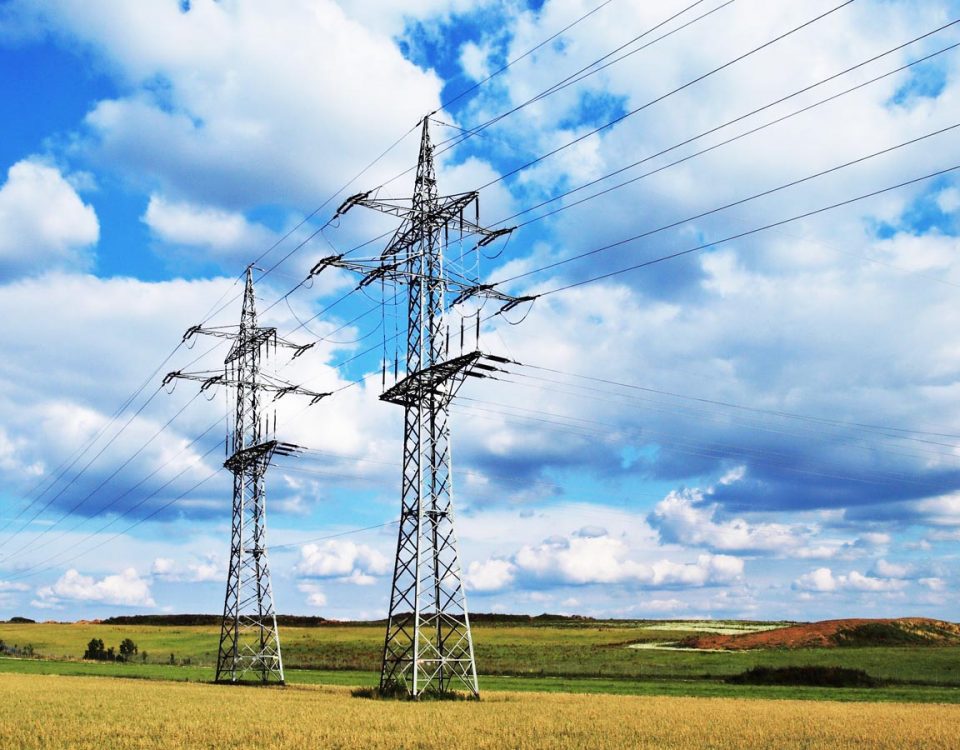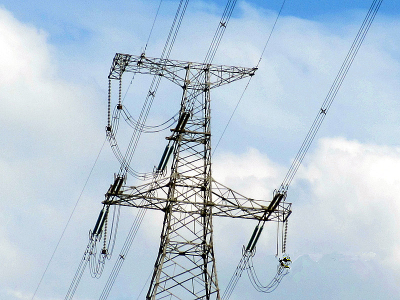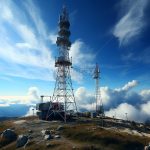
Communication Tower Lightning Protection
June 21, 2024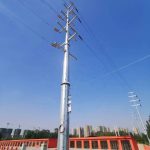
Tubular Steel Poles for Electrical Power Transmission
June 29, 2024Bolted steel towers are a common and versatile choice for various applications, including communication towers, power transmission structures, and wind turbines. Their modular design allows for ease of transportation, assembly, and maintenance. Here’s an overview of the key aspects to consider when designing and constructing bolted steel towers.
Key Components of Bolted Steel Towers
1. Tower Sections
- Types:
- Monopole: Single tubular section, typically used for communication towers and some wind turbines.
- Lattice: Truss structure made of interconnected steel members, commonly used for power transmission and larger wind turbines.
- Segmented: Modular sections bolted together, often used for ease of transport and on-site assembly.
2. Bolted Connections
- Bolts and Nuts: High-strength bolts (e.g., ASTM A325 or A490) and compatible nuts are used to join sections.
- Flange Plates: Robust plates with pre-drilled holes for bolts, ensuring secure connections between tower sections.
- Tension Control: Proper tensioning of bolts is critical to maintain structural integrity and prevent loosening.
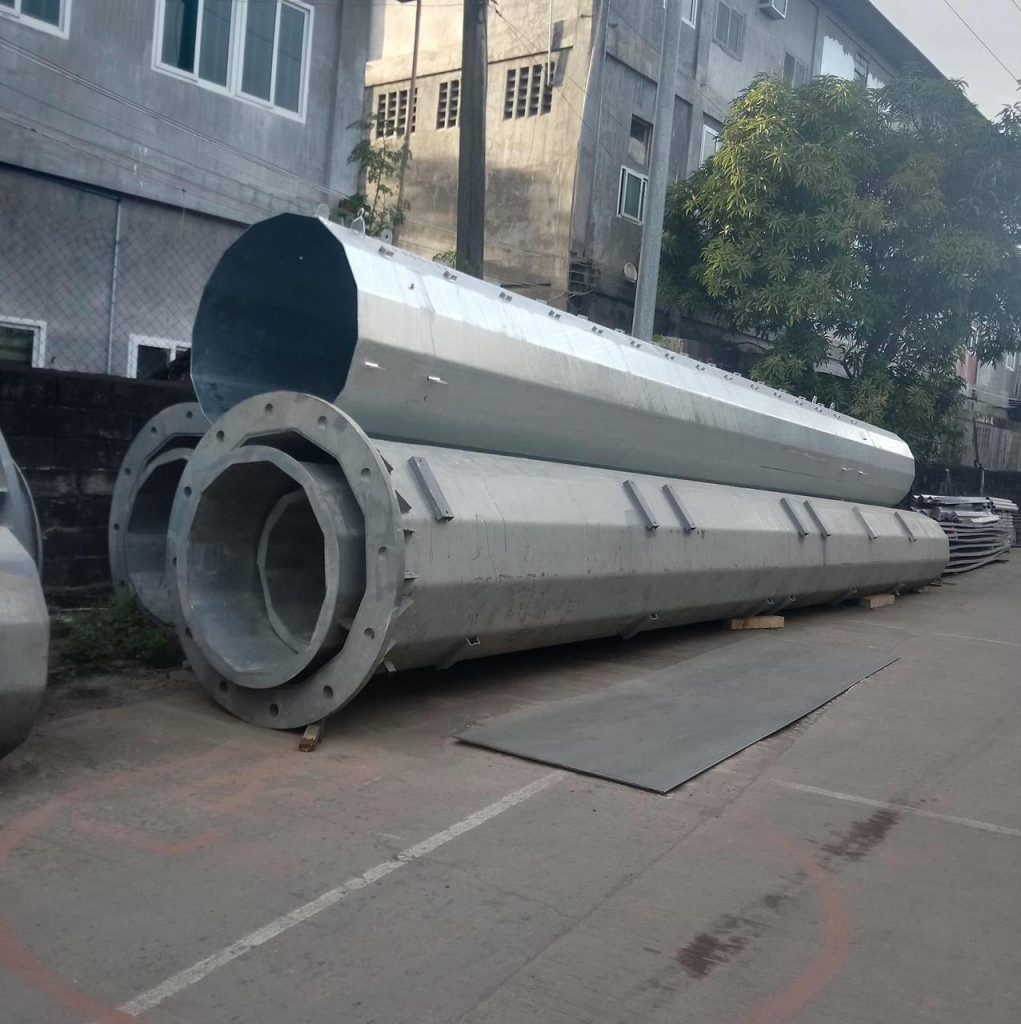
3. Base and Foundation
- Base Plates: Thick steel plates at the bottom of the tower, connected to the foundation.
- Foundation Types:
- Concrete Pads: Common for monopoles and small towers.
- Piles: Driven into the ground for larger towers or poor soil conditions.
Design Considerations
1. Structural Analysis
- Load Calculations: Consider dead loads, live loads, wind loads, and seismic forces.
- Fatigue Analysis: Assess the impact of cyclic loading due to wind and operational stresses.
- Dynamic Analysis: Evaluate the response of the tower to dynamic forces and vibrations.
2. Material Selection
- Steel Grade: Choose high-strength, weather-resistant steel alloys, such as ASTM A572 or A992.
- Corrosion Protection: Galvanization, painting, or other coatings to protect against environmental factors.
3. Connection Design
- Bolt Selection: Use high-strength bolts with appropriate grades and coatings.
- Pretensioning: Ensure bolts are properly pretensioned to maintain joint integrity.
- Redundancy: Design connections to prevent catastrophic failure in case of bolt loosening or failure.
4. Safety and Compliance
- Standards: Ensure compliance with relevant standards such as AISC, ASCE, and local building codes.
- Safety Features: Include access ladders, fall protection systems, and lightning protection.
PRODUCT SPECIFICATIONS
|
Data
|
||
|
1
|
Height
|
From 10M-100M or according to client’s requirement
|
|
2
|
Suit for
|
Electric Power Transmission and Distribution
|
|
3
|
Shape
|
Polygonal or Conical
|
|
4
|
Material
|
Normally Q235B/355B/420B/420C…Yeild Strength≥235MPa
|
|
5
|
Q355B,Yeild Strength≥345MPa
|
|
|
6
|
As well as Hot Rolled coil from ASTM572,GR65,GR50,SS400
|
|
|
7
|
Power Capacity
|
10kV to 1000kV
|
|
8
|
Tolerance of the dimension
|
According to client’s requirement
|
|
9
|
Surface treatment
|
Hot-dip-
any other standard by client’s requirement |
|
10
|
Joint of Poles
|
Slip joint,flanged connected
|
|
11
|
Standard
|
SOI9001:2015,Products are processed in strict accordance with GB/T2694-2018, DL/T646-2012, YD/T757-2013 and other national standards
|
|
12
|
Length of per section
|
Within 13M once forming
|
|
13
|
Welding Standard
|
AWS(American Welding Society)D 1.1
|
|
14
|
Production Process
|
Raw material test-cutting-bending-welding-dimension verify-flange welding-
hole drilling-sample assemble-surface clean- galvanization or power coating /painting-recalibration-packages |
|
15
|
Packages
|
according to client’s requirement
|
|
16
|
Life Period
|
lifetime warranty,it is according to installing environment
|
Advantages of Bolted Steel Towers
1. Modularity
- Transportation: Modular sections can be easily transported, even to remote sites.
- Assembly: On-site bolting allows for quick and efficient assembly.
- Maintenance: Easier to inspect and replace individual sections or bolts.
2. Flexibility
- Customization: Easily adaptable to different heights and configurations.
- Expansion: Additional sections can be added if needed.
3. Cost Efficiency
- Manufacturing: Standardized sections and connections reduce manufacturing costs.
- Installation: Faster assembly reduces labor costs and downtime.
Installation Process
1. Site Preparation
- Survey: Conduct geotechnical surveys to determine soil conditions and foundation requirements.
- Infrastructure: Develop access roads and crane pads for transportation and assembly.
2. Foundation Construction
- Excavation and Piling: Prepare the ground and install necessary piles.
- Concrete Pouring: Construct the foundation base with reinforced concrete.
3. Tower Assembly
- Section Lifting: Use cranes to lift and position each section.
- Bolting: Align flange plates and insert bolts. Use torque wrenches or tensioning tools to achieve the required bolt tension.
- Sequential Assembly: Assemble sections sequentially from the base upward.
4. Erection of Accessories
- Nacelle and Rotor (for wind turbines): Install the nacelle and rotor using heavy-lift cranes.
- Antennae and Dishes (for communication towers): Attach communication equipment at designated points.
5. Commissioning
- Inspection: Perform detailed inspections of all bolted connections and structural elements.
- Testing: Conduct mechanical and electrical tests to ensure proper operation.
- Calibration: Adjust control systems and calibrate sensors as needed.
Maintenance and Inspection
1. Regular Inspections
- Visual Checks: Regularly inspect for signs of corrosion, bolt loosening, and structural damage.
- Non-Destructive Testing (NDT): Use ultrasonic or radiographic testing to detect internal flaws.
2. Routine Maintenance
- Bolt Tensioning: Regularly check and retighten bolts to the specified tension to ensure joint integrity.
- Corrosion Protection: Reapply protective coatings as needed to prevent rust and corrosion, especially in harsh environments.
- Lubrication: Apply appropriate lubricants to moving parts and bolts to prevent seizing and ensure smooth operation.
3. Structural Maintenance
- Repairs: Address any damage or wear and tear promptly to prevent further deterioration. This may include replacing damaged sections or bolts.
- Component Replacement: Over time, certain components may need to be replaced due to fatigue or corrosion. Plan for periodic replacement of critical components.
4. Documentation and Records
- Inspection Logs: Maintain detailed records of all inspections, maintenance activities, and repairs.
- Compliance: Ensure all activities comply with relevant standards and regulations, and keep documentation for audits and reviews.
Advanced Features
1. Smart Monitoring Systems
- Sensors: Integrate sensors to monitor structural health, bolt tension, vibration, and environmental conditions.
- Remote Monitoring: Use IoT and SCADA systems to allow for real-time data collection and remote monitoring of tower conditions.
2. Aerodynamic Enhancements
- Optimized Design: Incorporate aerodynamic improvements to reduce wind loading and enhance structural efficiency.
- Blade Design (for wind turbines): Use advanced materials and designs to improve blade efficiency and reduce noise.
3. Hybrid Materials
- Composite Materials: Consider using composite materials in conjunction with steel to reduce weight and improve performance.
- Hybrid Towers: Combine steel sections with other materials like concrete for enhanced structural characteristics.
Conclusion
Bolted steel towers are an adaptable and efficient solution for various applications, providing a balance of strength, flexibility, and ease of assembly. By considering structural analysis, material selection, connection design, and safety standards, engineers can ensure the creation of robust and reliable towers. Regular maintenance and the integration of smart monitoring systems can further enhance the longevity and performance of these structures.
Summary Checklist
- Design and Analysis
- Structural and dynamic analysis
- Material selection and corrosion protection
- Connection design and bolt selection
- Construction and Assembly
- Site preparation and foundation construction
- Section lifting and bolting
- Installation of accessories and commissioning
- Maintenance and Inspection
- Regular inspections and routine maintenance
- Structural repairs and component replacement
- Documentation and compliance
- Advanced Features
- Smart monitoring systems
- Aerodynamic enhancements
- Hybrid materials and designs
By following these guidelines and maintaining diligent oversight throughout the tower’s lifecycle, bolted steel towers can reliably serve their intended purpose for many years.

